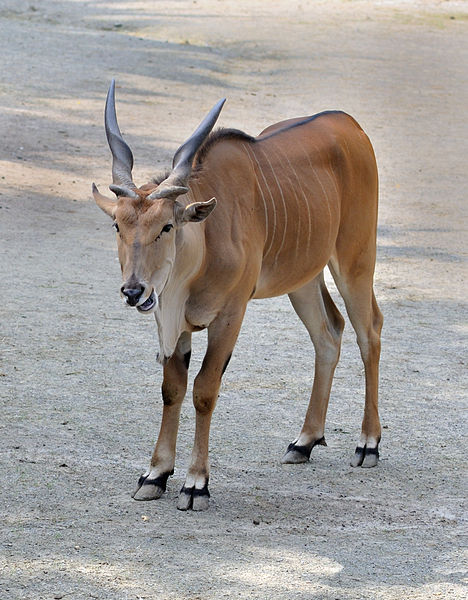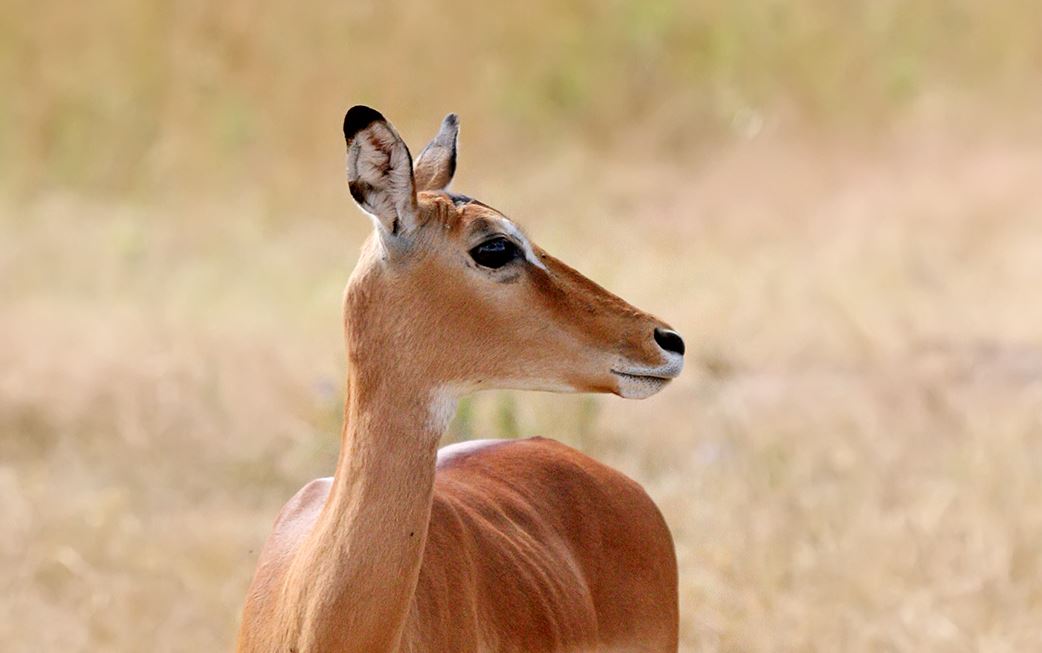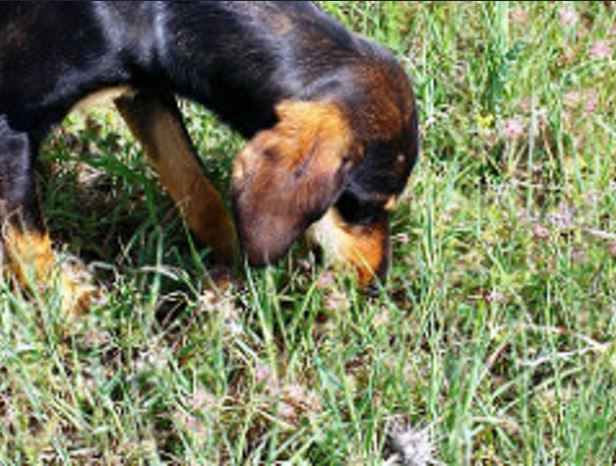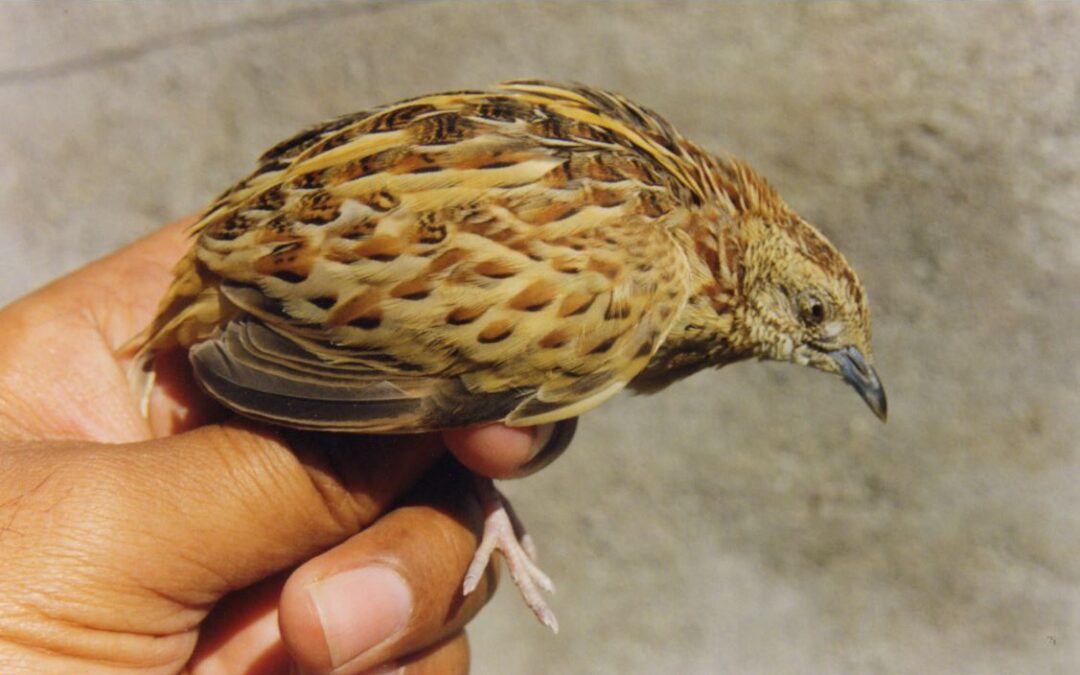
by BioEdge | Mar 10, 2016 | Site Content
Taurotragus oryx photo © Quartl Eland and moose exemplify lip-reading ruminants Alces alces photo © Przykuta Ruminants – including the largest species of antelope and deer – must remain vigilant for predators despite the continual chewing that mars their hearing....

by BioEdge | Mar 10, 2016 | Site Content
Aepyceros melampus photo © Muhammad Mahdi Karim More lipstick on deer than on antelopes The mouths of antelopes, such as impalas, tend to be less marked with dark and pale patterns than those of comparable deer, such as the chital. This is in keeping with the tendency...

by BioEdge | Mar 10, 2016 | Site Content
Homo sapiens, adult male photo © Dan Savage The look of feminine circumspection The adult female human has eyeballs some ten per cent greater in volume, relative to brain volume, than those of the adult male. This presumably reflects the additional vigilance needed by...

by BioEdge | Mar 10, 2016 | Site Content
Canis familiaris photo © Christos Petrou via Flickr Domestic dog betrays ancestry by grazing Canis familiaris photo © Memphis Veterinary Specialists The domestic dog can be weaned on a diet restricted to plant matter and can even eat green grass, casting doubt on the...

by BioEdge | Mar 10, 2016 | Site Content
Turnix sylvaticus photo © Dr. Raju Kasambe Buttonquails as diminutive versions of flightless giants Although unrelated to ostriches or emus, the buttonquails of Africa, Asia and Australasia are scaled-down representatives of the same life-strategy. Buttonquails...

by BioEdge | Mar 10, 2016 | Site Content
Lark-buttonquail as scaled-down ostrich Ortyxelos meiffrenii photo © Nicolas Huet le Jeune The lark-buttonquail of the Sahel – a diminutive seed- and termite-eater hardly noticeable...







